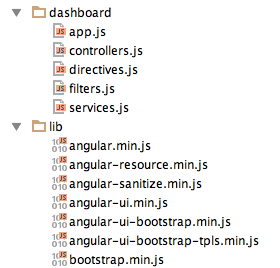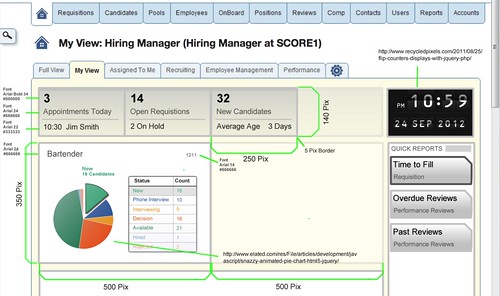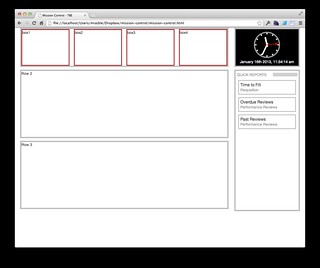Developing with AngularJS - Part III: Services
This is the 3rd article in a series on my experience developing with AngularJS. I used AngularJS for several months to create a "My Dashboard" feature for a client and learned a whole bunch of Angular goodness along the way. For previous articles, please see Part I: The Basics and Part II: Dialogs and Data.
Angular offers several ways to interact with data from the server. The easiest way is to use the $resource factory, which lets you interact with RESTful server-side data sources. When we started the My Dashboard project, we were hoping to interact with a REST API, but soon found out that it didn't have all the data we needed. Rather than loading the page and then making another request to get its data, we decided to embed the JSON in the page. For communication back to the server, we used our tried-and-true Ajax solution: DWR.
In Angular-speak, services are singletons that carry out specific tasks common to web apps. In other words, they're any $name object that can be injected into a controller or directive. However, as a Java Developer, I tend to think of services as objects that communicate with the server. Angular's documentation on Creating Services shows you various options for registering services. I used the angular.Module api method.
[Read More]



